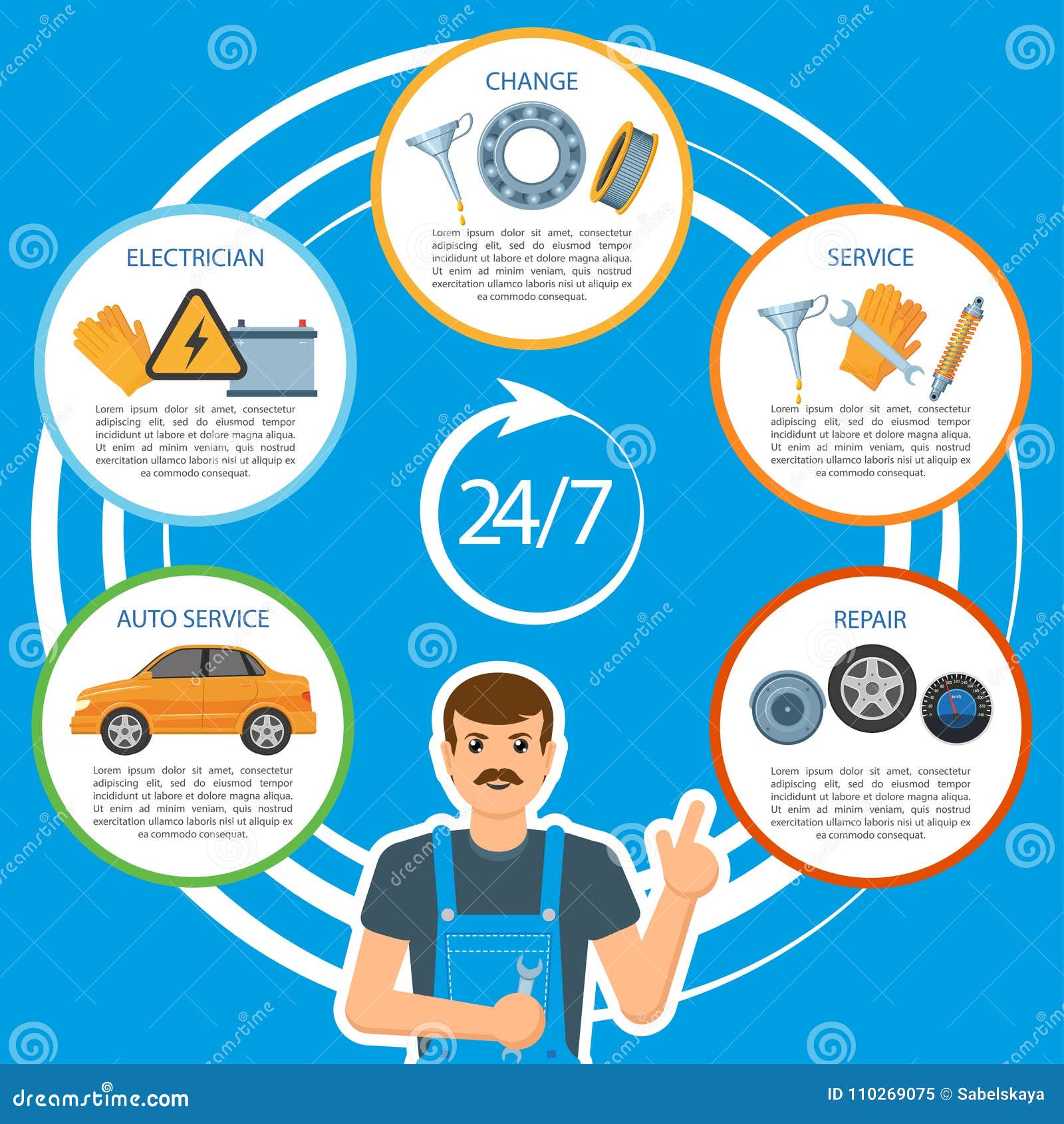Realizing The Importance Of Your Car'S Warning Signals: What They Actually Stand For
Realizing The Importance Of Your Car'S Warning Signals: What They Actually Stand For
Blog Article
Material Develop By-Lim Stark
When you're behind the wheel, those radiant warning lights on your dashboard can be a bit complicated. Do you recognize what they're attempting to inform you regarding your car's health and wellness? Understanding the value of these lights is important for your security and the long life of your lorry. So, the next time one of those lights appears, would not you wish to analyze its message precisely and take the needed actions to address it?
Common Caution Lights and Interpretations
Recognize usual caution lights in your auto and comprehend their meanings to ensure safe driving.
One of the most common caution lights consist of the check engine light, which indicates concerns with the engine or emissions system. If this light comes on, it's crucial to have your vehicle examined immediately.
The oil pressure cautioning light suggests low oil pressure, needing immediate attention to stop engine damages.
A blinking battery light may suggest a malfunctioning billing system, potentially leaving you stranded if not resolved.
The tire stress surveillance system (TPMS) light informs you to reduced tire pressure, affecting vehicle security and gas performance. Ignoring car odour removal auckland can bring about risky driving problems.
The abdominal muscle light suggests a problem with the anti-lock braking system, endangering your capacity to quit quickly in emergency situations.
Lastly, the coolant temperature cautioning light warns of engine getting too hot, which can lead to serious damages otherwise settled promptly.
Understanding these common caution lights will assist you resolve problems immediately and keep risk-free driving problems.
Relevance of Prompt Attention
Understanding the common warning lights in your automobile is only the very first step; the relevance of quickly resolving these cautions can not be highlighted enough to ensure your security when driving.
When a warning light brightens on your control panel, it's your auto's method of interacting a prospective issue that requires attention. Neglecting these cautions can cause more extreme issues later on, jeopardizing your safety and security and potentially costing you more in repairs.
click here for more to cautioning lights can stop failures and mishaps. As an example, a flashing check engine light might indicate a misfire that, if left ignored, can cause damages to the catalytic converter. Addressing this immediately can conserve you from an expensive repair work.
Likewise, a brake system cautioning light could indicate reduced brake fluid or worn brake pads, important parts for your safety when driving.
Do It Yourself Troubleshooting Tips
If you see a caution light on your dashboard, there are a couple of DIY fixing tips you can try prior to looking for professional aid.
The first step is to consult your vehicle's guidebook to comprehend what the specific warning light shows. Sometimes the problem can be as straightforward as a loosened gas cap setting off the check engine light. Tightening the gas cap may resolve the issue.
Another typical concern is a reduced battery, which can cause various cautioning lights. Checking the battery links for rust and ensuring they're safe may repair the issue.
If a caution light continues, you can try resetting it by separating the cars and truck's battery for a couple of mins and after that reconnecting it. Additionally, checking your vehicle's fluid levels, such as oil, coolant, and brake fluid, can help troubleshoot cautioning lights related to these systems.
Verdict
To conclude, comprehending your automobile's warning lights is vital for maintaining your automobile running efficiently and safely. By immediately attending to these notifies and recognizing what they suggest, you can avoid costly repair work and prospective malfunctions.
Remember to consult your auto's handbook for specific information on each warning light and take action as necessary to ensure a trouble-free driving experience.
Keep informed, stay secure when driving!
